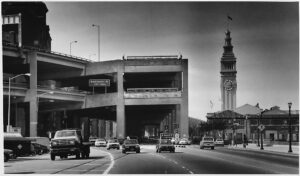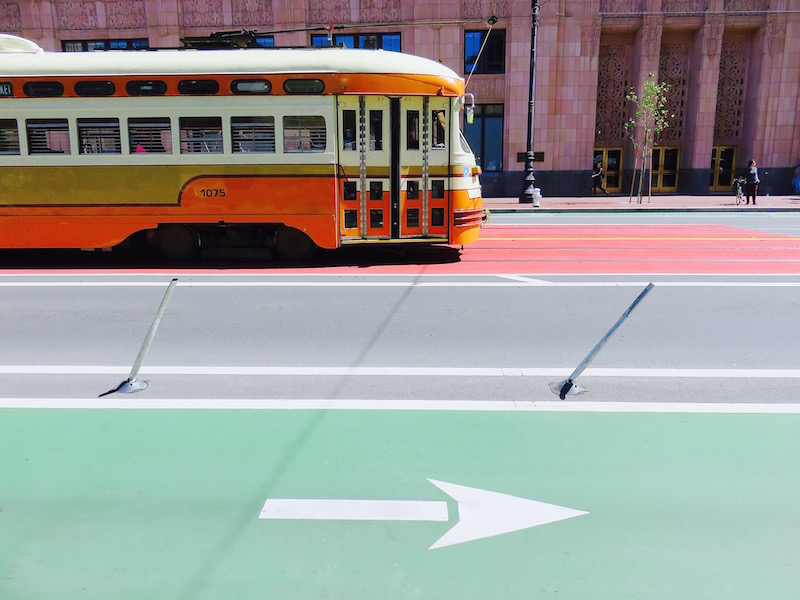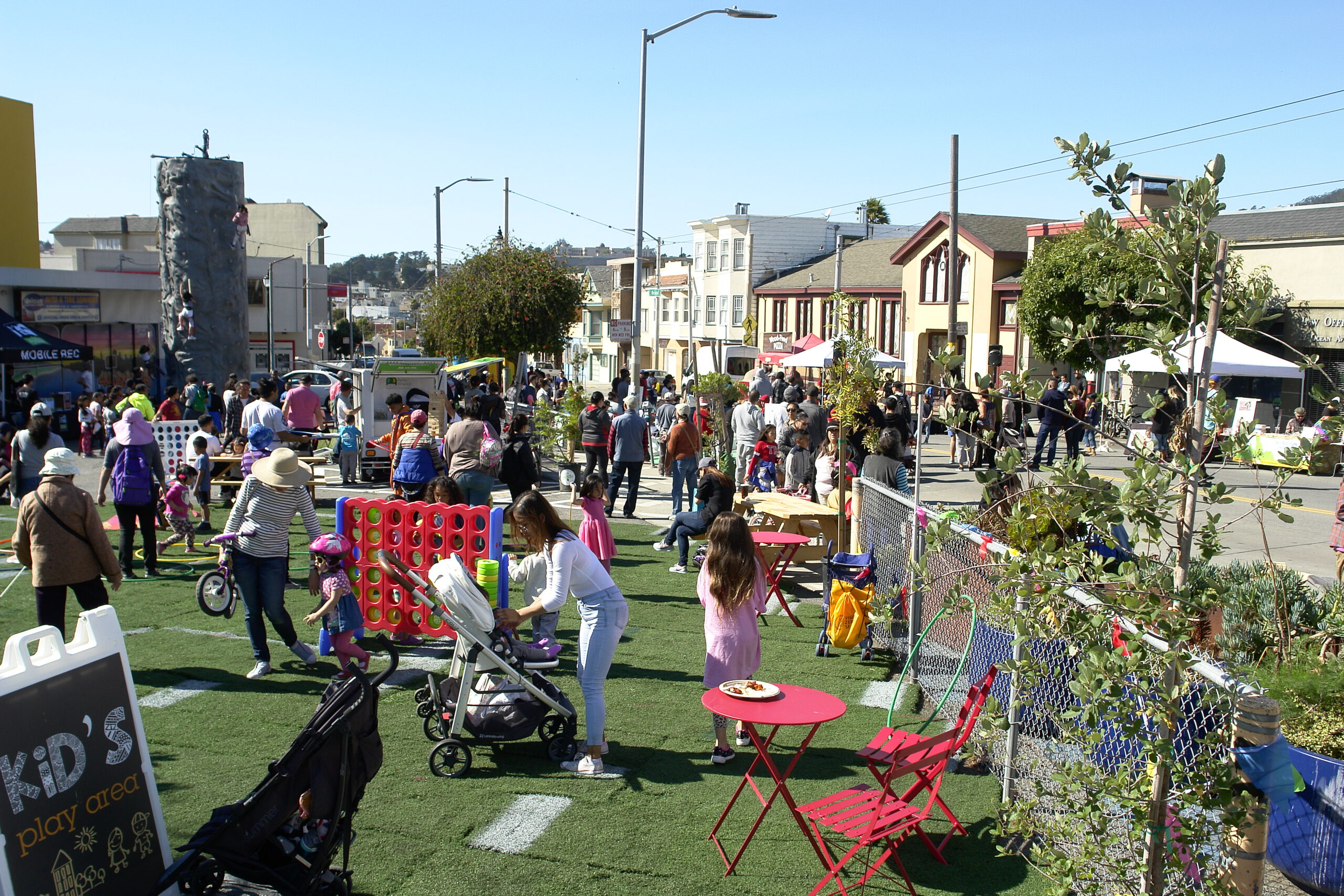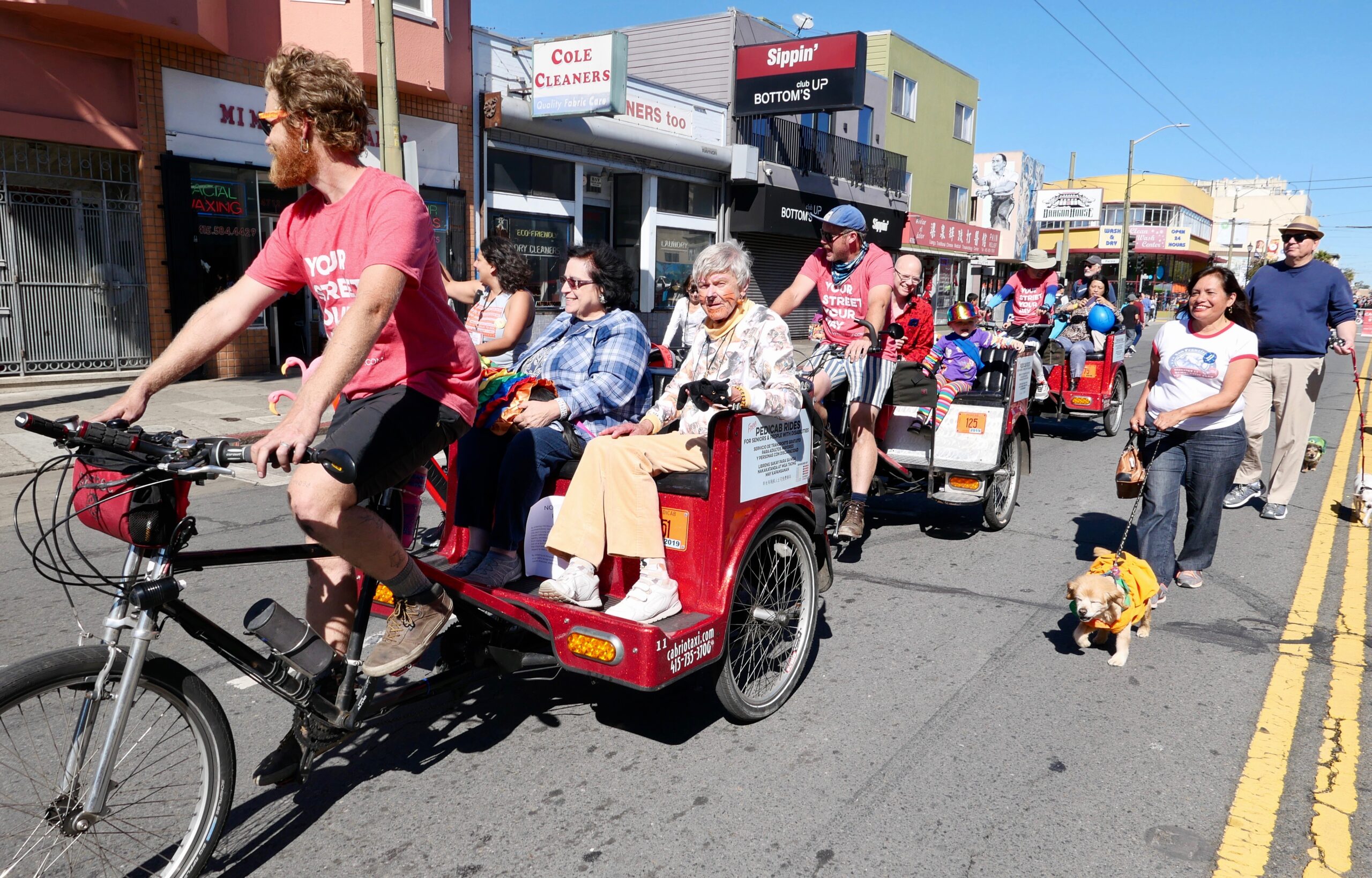
***PRESS RELEASE***
San Francisco – Sunday Streets Excelsior returns on March 29, when Mission Street from Silver to Geneva Avenue transforms into a free, fun open space for the community from 11 a.m. to 4 p.m. With live music, resources, activities and a mile-long temporary park, the event showcases the area’s small businesses, local organizations and the diverse, family-filled neighborhood itself.
“Sunday Streets, shaped by the residents, businesses and nonprofits within the neighborhood, offers great opportunities for families, neighbors and visitors to engage with the rich culture of the Excelsior, have fun and support local merchants,” said Joaquín Torres, Director of the San Francisco Office of Economic and Workforce Development. “OEWD, in partnership with Livable City, is proud to support Sunday Streets in celebration of our beautiful and diverse neighborhoods, and we encourage everyone to come out and enjoy!”
Along the way, visit Activity Hubs at the southern and northern ends of the route. At Persia Triangle, residents of all ages can experience a pop-up community park with Friends of the Persia Triangle and partners SF Parks Alliance and SFOEWD.
The SF Department of Children, Youth and Their Families (DCYF) will host a Summer Pop-Up Resource Fair, and Community Youth Center partners with Livable City’s Neighborfest Program to invite residents to map their neighborhood resources and build community resilience.
Learn about the 2020 Census with SF Counts, who will be on hand to sign people up, answer questions and offer free live screen-printing. Head to the Excelsior Branch of the Public Library for the Bookmobile, live music and fun activities. Located at the South Hub, the Market Square features local vendors and makers, while Mission Street’s small businesses are invited to vend in front of their stores.
Pick up the Excelsior Common Cents Passport at a Sunday Streets Info Booth to go on a small business scavenger hunt, discover nearby brick-and-mortars and get stamps to win prizes from a diverse array of local businesses, from yoga classes to coffee to screen-printed tees.
Sunday Streets’ Excelsior Explore Local Guide is a fun and colorful map of the neighborhood and all its year-round resources; including stores, public spaces and nonprofits. Grab a copy at Sunday Streets Info Booths to see all the area has to offer. All Sunday Streets volunteers receive a free, fresh lunch from a delicious local spot on the corridor- just another way the events center local merchants and keep economic activity in the district.
Each Sunday Streets is as unique as the neighborhood it serves, with small businesses, residents, nonprofits and local groups bringing activities, volunteers and performances to the car-free streets and contributing a distinctive character and energy to the day.
Sunday Streets 2020 Season Schedule + Companion Events
March 8 – Mission 1
March 29 – Excelsior 1
April 19 – Tenderloin 1 + Thai New Year and Southeast Asian Food Festival in Little Saigon
May 3 – Bayview
June 7 – Sunset/Golden Gate Park
Date and Route TBA – Dogpatch/Mission Bay
July 19 – Mission 2
August 23 – SoMa + Undiscovered SF Creative Night Market Pop-Up
September 13 – Tenderloin 2 + Getting There Together: A Celebration of Seniors and Adults with Disabilities
September 27 – Western Addition
October 28 – Excelsior 2
The Sunday Streets 2020 season is made possible by the following sponsors: Bay Area Air Quality Management, Spin, Scoot, Jump, iHeartMedia, San Francisco Office of Economic and Workforce Development, and SF COUNTS and Event Sponsor SF Spine Pain Relief
About Sunday Streets Sunday Streets is a program of the nonprofit Livable City, presented in partnership with the San Francisco Municipal Transportation Agency and the San Francisco Department of Public Health and the Shape Up SF Coalition. Additional City support comes from the Department of Public Works, Recreation & Parks Department, SF Police Department, SF County Transportation Authority, San Francisco Mayor London Breed and her offices and the SF Board of Supervisors.
Livable City produces an annual season of Sunday Street events that reclaim car-congested streets for community health, transforming them into car-free spaces for all to enjoy. Sunday Streets’ mission is to:
- Create temporary open space and recreational opportunities in neighborhoods most lacking
- Encourage physical activity
- Foster community-building
- Inspire people to think differently about their streets as public spaces

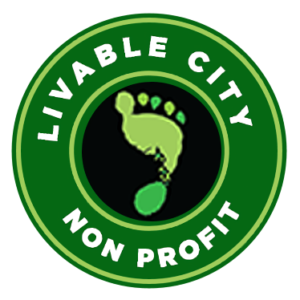
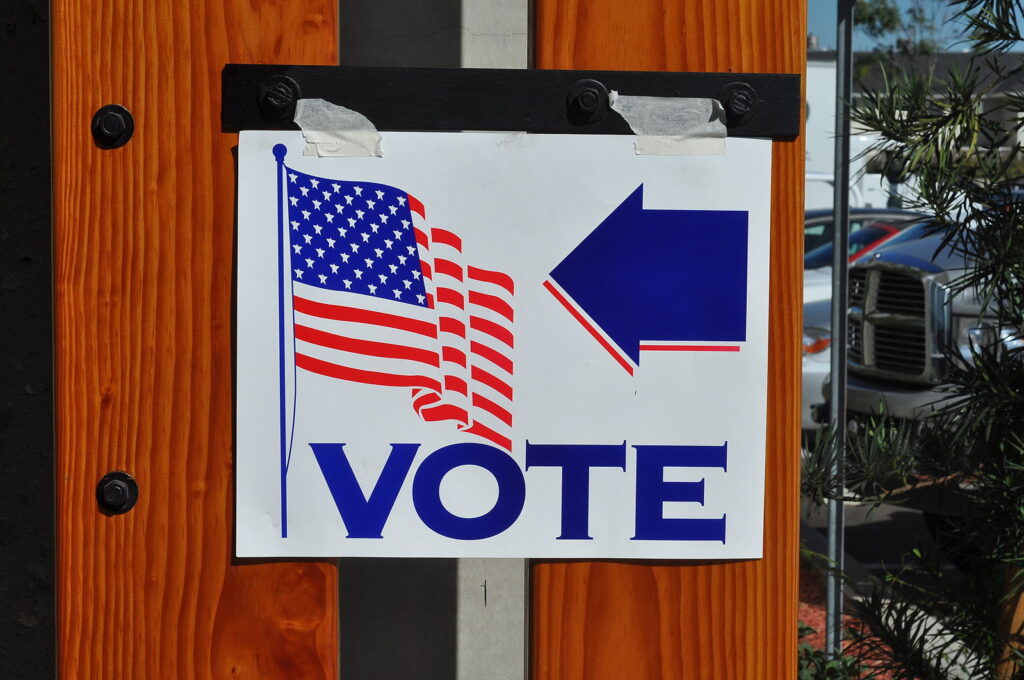
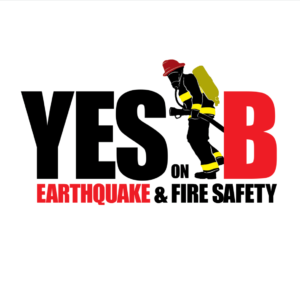 Proposition B authorizes up to $628.5 million in general obligation bonds to build, repair, or improve City facilities that help San Francisco respond to earthquakes, fires, and other disasters. Eligible projects include the City’s emergency water system, which provides a reliable water supply during fires and disasters, as well as neighborhood fire and police stations, upgrades to the City’s 911 call center, and related public facilities and infrastructure to improve disaster response and public safety.
Proposition B authorizes up to $628.5 million in general obligation bonds to build, repair, or improve City facilities that help San Francisco respond to earthquakes, fires, and other disasters. Eligible projects include the City’s emergency water system, which provides a reliable water supply during fires and disasters, as well as neighborhood fire and police stations, upgrades to the City’s 911 call center, and related public facilities and infrastructure to improve disaster response and public safety.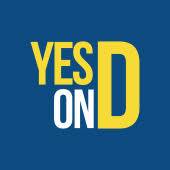 roposition D authorizes a vacant property tax on ground-floor commercial space in certain neighborhood commercial zoning districts and dedicates any future revenues from the tax to City programs that assist small businesses.
roposition D authorizes a vacant property tax on ground-floor commercial space in certain neighborhood commercial zoning districts and dedicates any future revenues from the tax to City programs that assist small businesses.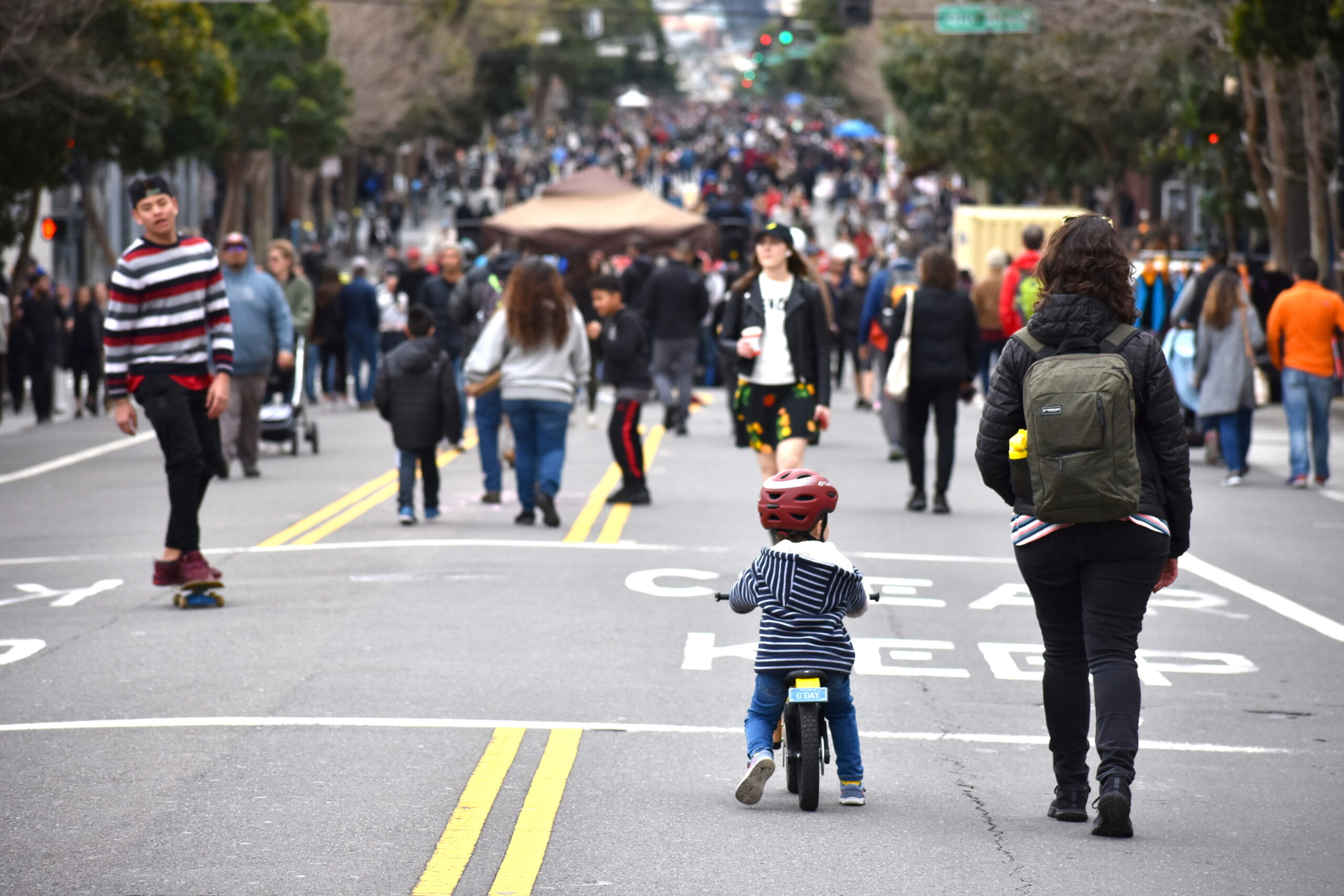
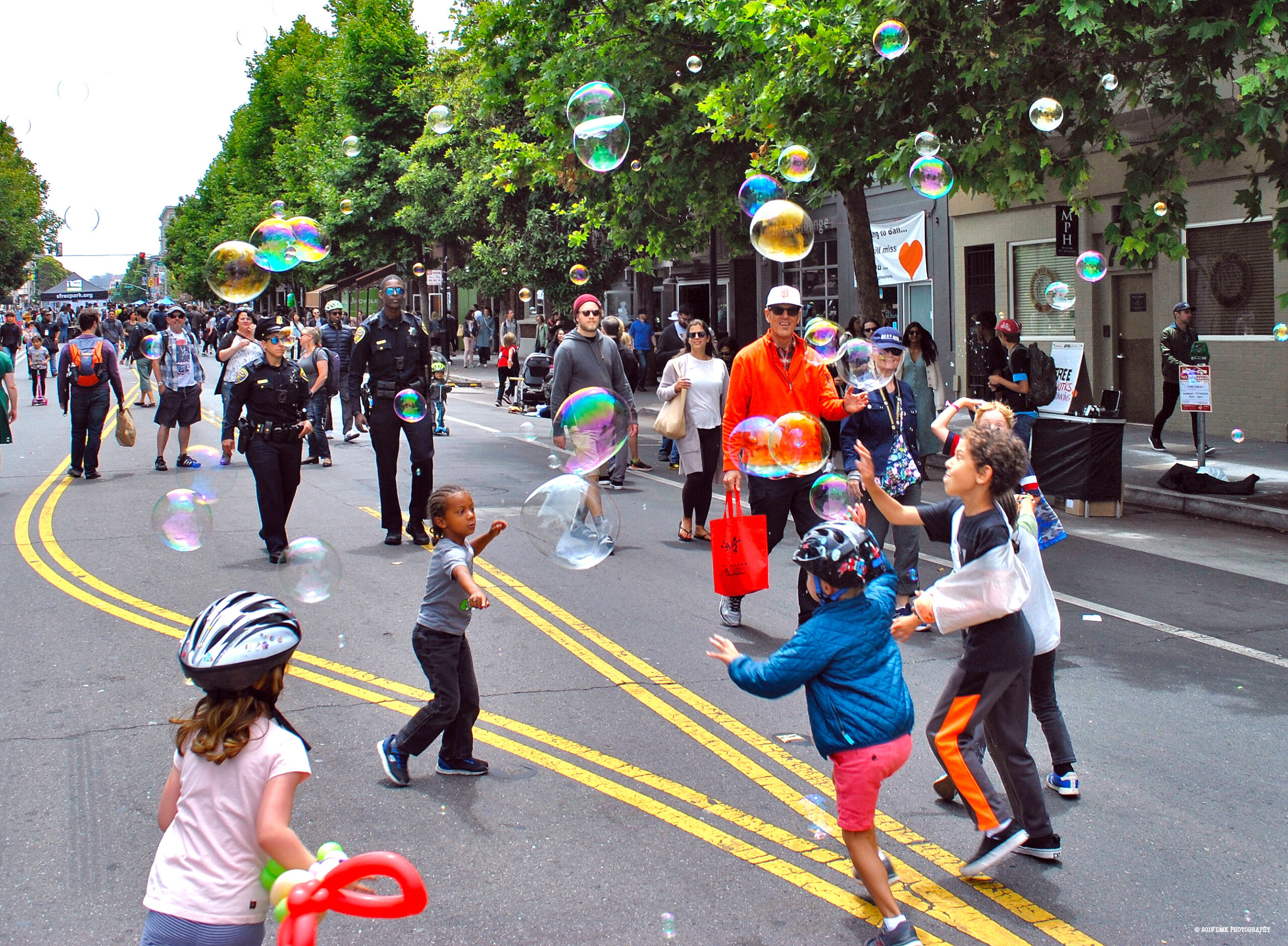
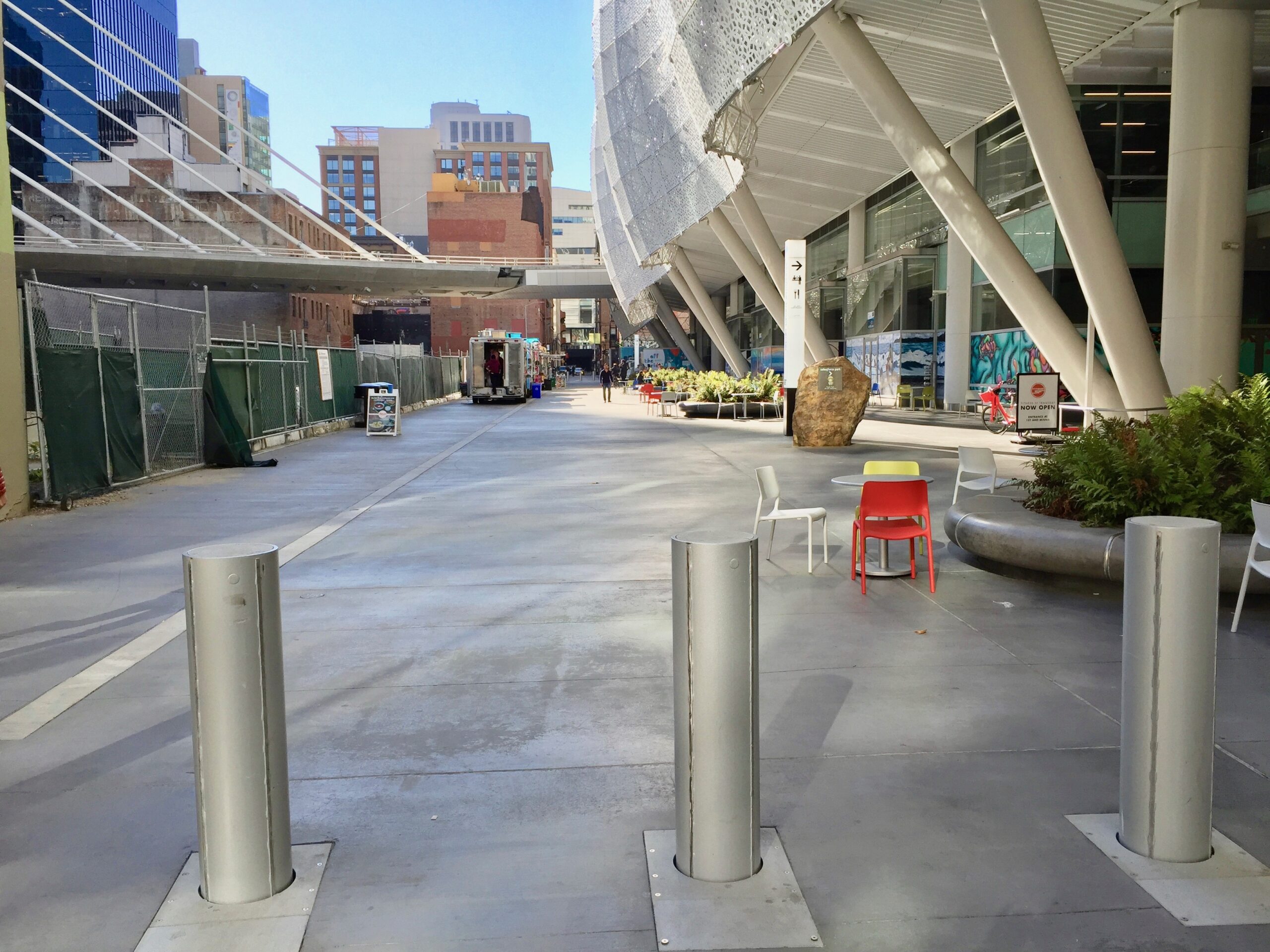
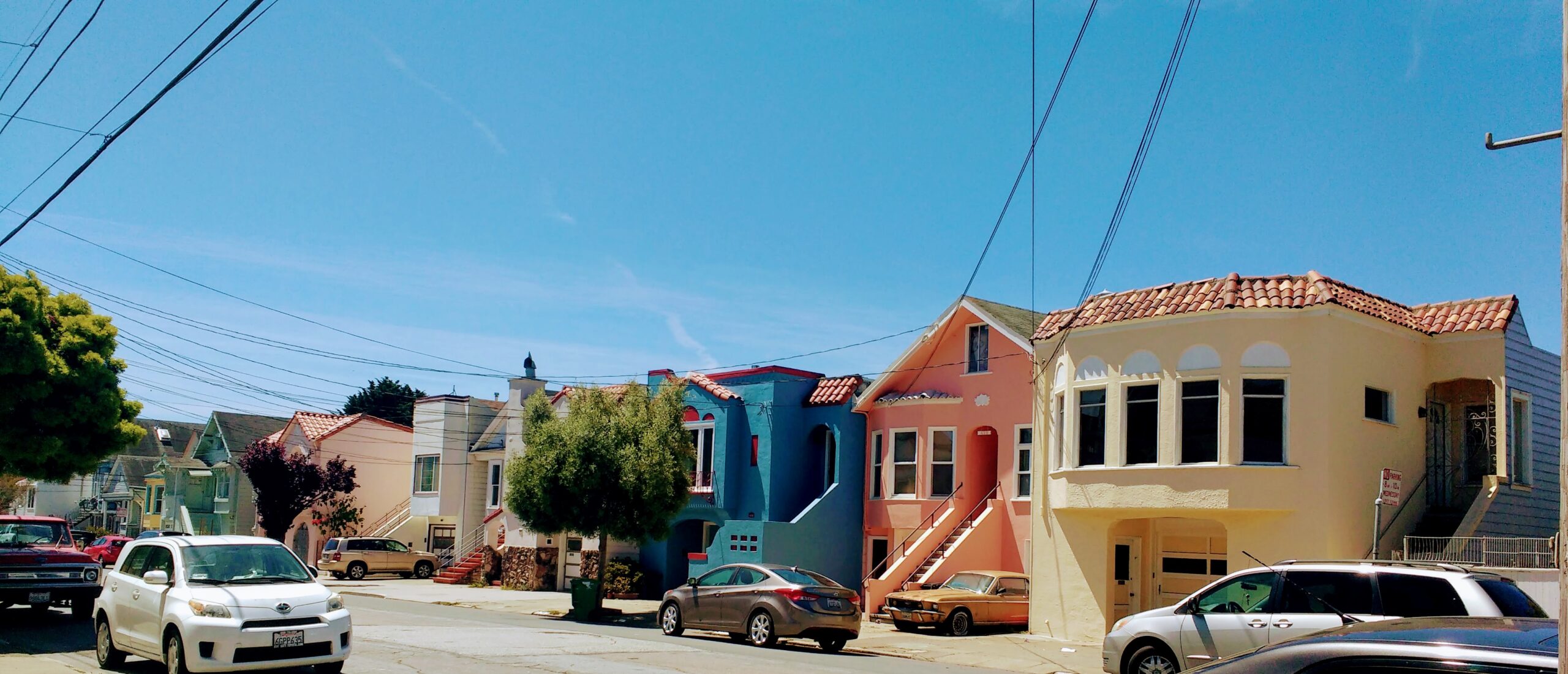
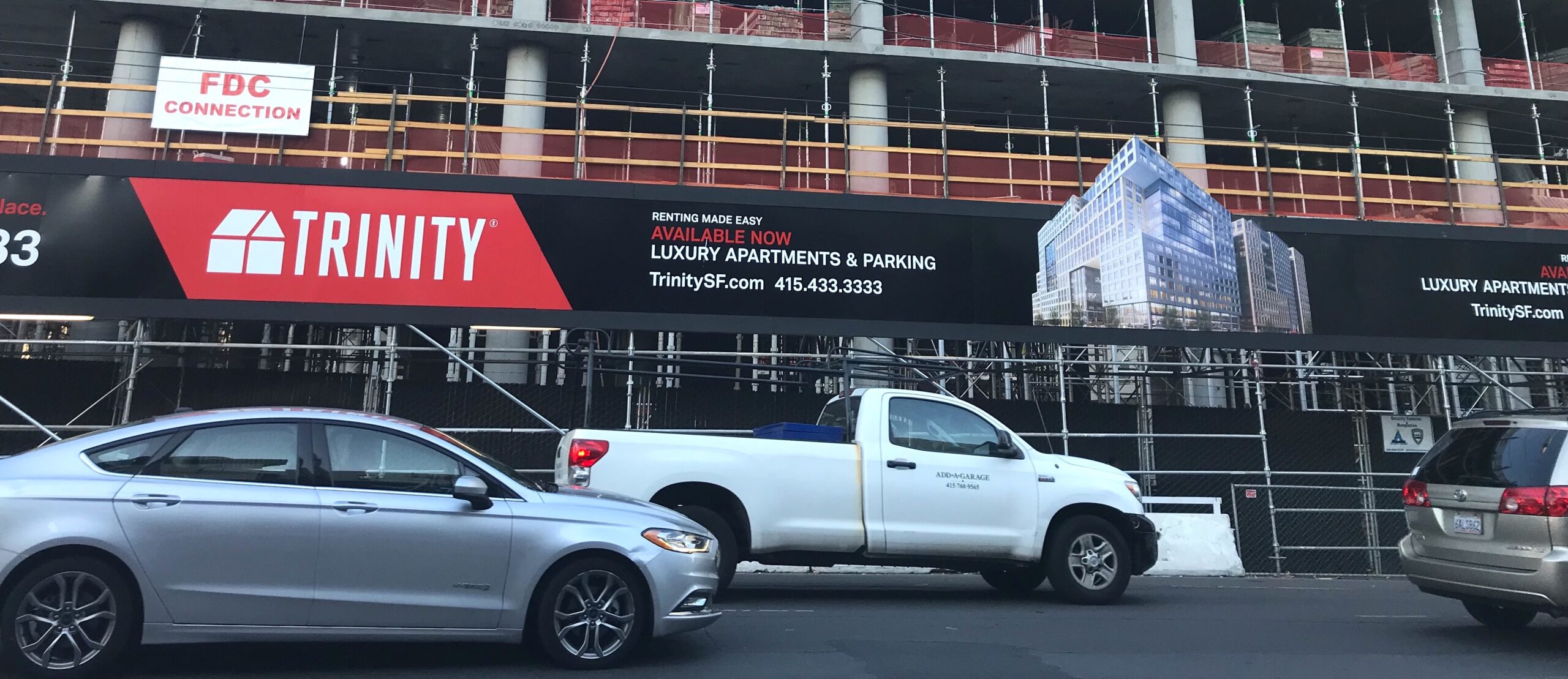
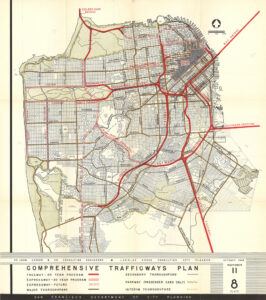 After World War Two, San Francisco, like other cities, made sweeping plans to adapt the city to mass automobility. The 1848 Trafficways Plan envisioned freeways throughout San Francisco. Freeways were bulldozed through neighborhoods. Residents in the path of the freeways organized and protested, and those protests grew stronger and more urgent as the freeway network expanded. Over 30,000 attended meetings and signed petitions in threatened neighborhoods. In 1959, to the surprise and chagrin of the State Department of Highways, San Francisco’s Board of Supervisors voted to cancel 75% of the proposed freeway routes through San Francisco. In 1961 the Supervisors cancelled plans for the Western Freeway through the Richmond and Sunset districts, and in 1966 the Supervisors, in a 6-5 vote, cancelled plans for a freeway through the Panhandle and Golden Gate Park.
After World War Two, San Francisco, like other cities, made sweeping plans to adapt the city to mass automobility. The 1848 Trafficways Plan envisioned freeways throughout San Francisco. Freeways were bulldozed through neighborhoods. Residents in the path of the freeways organized and protested, and those protests grew stronger and more urgent as the freeway network expanded. Over 30,000 attended meetings and signed petitions in threatened neighborhoods. In 1959, to the surprise and chagrin of the State Department of Highways, San Francisco’s Board of Supervisors voted to cancel 75% of the proposed freeway routes through San Francisco. In 1961 the Supervisors cancelled plans for the Western Freeway through the Richmond and Sunset districts, and in 1966 the Supervisors, in a 6-5 vote, cancelled plans for a freeway through the Panhandle and Golden Gate Park.